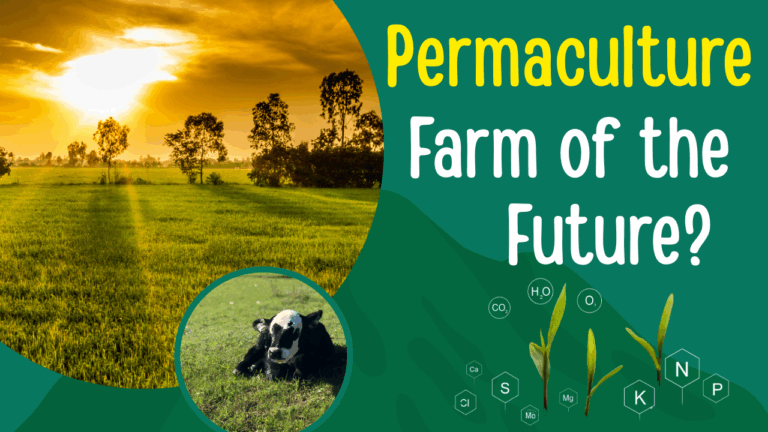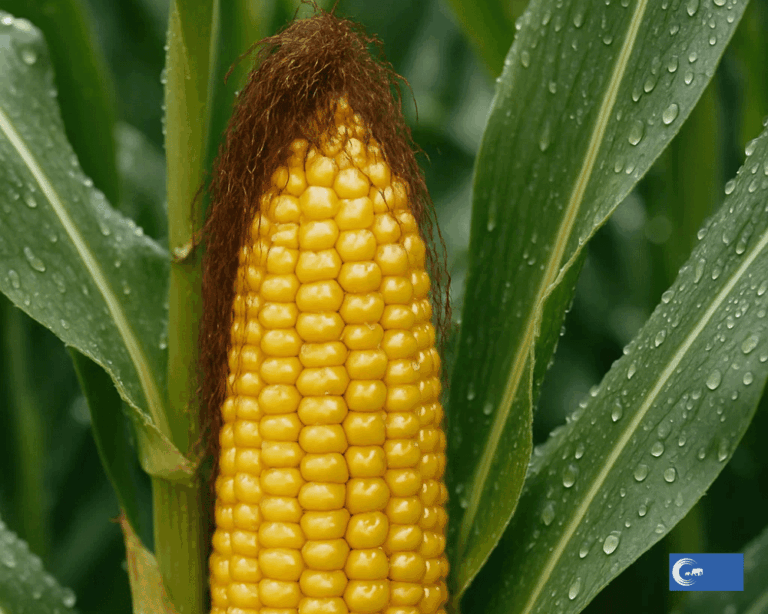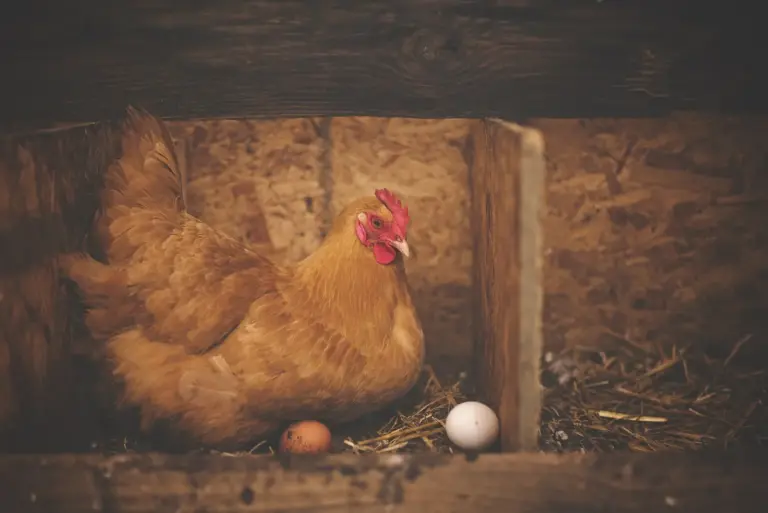Soil tillage refers to the mechanical manipulation of soil—digging, stirring, and overturning—designed to create ideal conditions for planting and crop growth. This process is typically carried out using tools ranging from simple hand implements, such as hoes and shovels, to sophisticated machinery, including plows, harrows, and rototillers. Through tillage, farmers can loosen soil, manage crop residues, suppress weeds, adjust soil moisture and aeration, and prepare a fine seedbed that supports healthy seed germination and root development.
The history of tillage stretches back thousands of years. Archaeological evidence suggests that the earliest ploughs—simple scratch implements drawn by oxen—were in common use around 3000 BCE in Mesopotamia and across the Fertile Crescent. Ploughing and animal‑drawn implements spread across West Asia and into Europe during the Neolithic period, fundamentally transforming agricultural productivity.
Over time, these implements evolved from wooden scratch ploughs to iron-shod plough and eventually to the moldboard plow—a design that allowed deeper inversion of soil. By the Industrial Revolution, mechanized and steam-powered ploughs ushered in large-scale farming, dramatically increasing efficiency but also sparking environmental concerns.
For farmers, understanding the nuances of tillage means balancing improved crop yields and weed control against potential downsides, such as soil erosion and structural degradation. For gardeners, it’s about preparing beds thoughtfully—tilling at the right time, to the right depth, and with awareness of ecosystem impacts as soil health becomes a central issue in sustainable food production and environmental stewardship.
Main Takeaways
- Soil tillage is the mechanical preparation of soil to enhance planting conditions and crop growth.
- Primary tillage breaks and loosens soil; secondary tillage refines it for planting and maintenance.
- Intensive tillage boosts productivity but often degrades soil health and increases erosion.
- Conservation tillage methods like no-till and strip-till minimize disturbance and promote sustainability.
- Modern tillage tools range from traditional plows to advanced cultivators and rotary tillers.
- Pros of tillage include better aeration, drainage, weed control, and nutrient mixing.
- Cons include erosion, nutrient loss, disrupted ecosystems, and reduced soil moisture retention.
- Sustainable tillage practices are essential to balance productivity with long-term soil health and environmental stewardship.
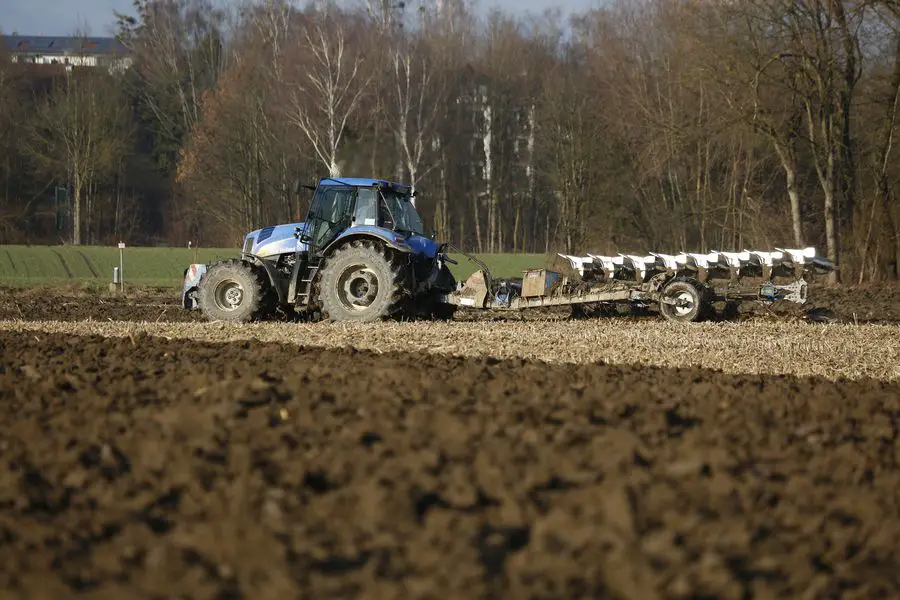
Photo by Kurt Bouda
Types Of Tillage Techniques
Primary And Secondary
Primary tillage: Primary tillage refers to the initial stage of soil preparation that loosens and breaks up the uppermost layer of soil. This tillage system typically uses a plow, harrow, or cultivator.
The most common type of primary tillage is plowing. Plowing turns over the top layer of soil, which helps aerate the soil and improve drainage. Plowing also helps loosen compacted soils and kills weeds and grasses. Moldboard plows are the most common type of plow used for primary tillage.
Secondary Tillage: Secondary tillage refers to any soil movement performed after the initial planting and establishment of the crop. Secondary tillage can include cultivating, harrowing, rototilling, and even mowing. The purpose of secondary tillage is to maintain loose and aerated soil, which facilitates water infiltration, drainage, and root development. It also helps control weeds, breaks up any clumps of dirt that may have formed, and allows fertilizers to penetrate the soil.
Intensive Tillage (Conventional Tillage)
Industrialized agriculture has relied heavily on conventional tillage methods to increase yields and reduce the labor required for planting. This technique maximizes land productivity, but the frequent disturbance of the soil can lead to soil erosion and degradation, loss of soil organic matter, and reduced soil health.
The most common type of intensive tillage is moldboard plowing, which involves turning the soil over with a plow, creating big clods. This process helps to break up the compacted ground, aerate the land, and improve drainage. Following moldboard plowing, intensive tillage can include disc harrows, cultivators, subsoilers, chisel plows, and rotary hoes to reduce the ground to finer conditions, optimizing seedbed structure and allowing for easy incorporation of fertilizer and herbicide into the soil before seeding.
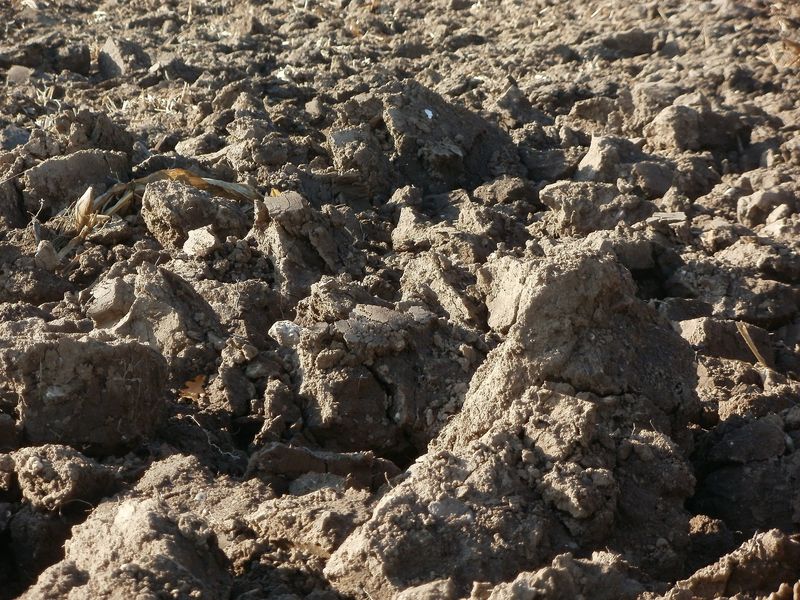
Conservation tillage
Conservation tillage is a type of tillage that minimizes soil disturbance. This means less soil is turned over, and less bare ground is exposed to the elements. Conservation tillage can help reduce erosion, improve water infiltration, and increase organic matter in the soil.
Conservation Tillage Techniques
- Zero Tillage (or No Till)
- Zone Tillage (or Strip-Till)
- Mulch Tillage
- Rotational Tillage
- No-tillage is a type of conservation tillage involving no soil disturbance. Tilling machines are not used.
- Zone tillage is defined as the tillage limited to the portion of the land that will be the planting area. For instance, a narrow strip of land may be tilled just a few inches wide and a few inches deep and used for seeding, while the outer part of that strip remains untilled.
- Mulch-till is a type of tillage in which crop residue is left on the soil’s surface to decompose. No-till and minimum-till systems can use this type of system to increase the productivity and fertility of the land.
- Rotational tillage involves tilling the soil every other year or even longer, rotating different crops with varying soil requirements.
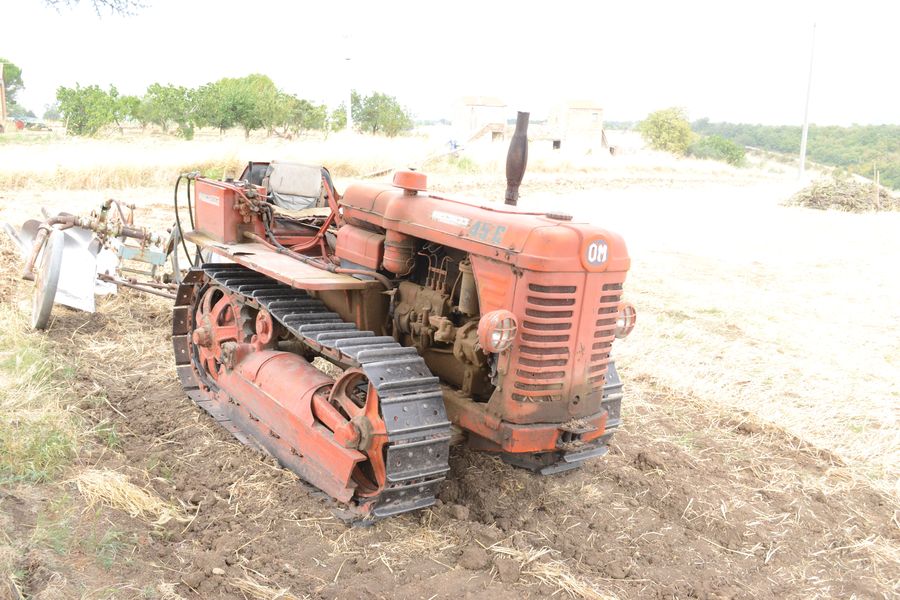
Photo by RenzoVet
The machinery used for tilling
The steel plough: Also called moldboard plow, is described as a tool that cuts soil, lifts it, and turns it upside down using a curved plate or moldboard.
The first steel plow was created in 1837 by John Deere. The steel plow enabled farmers to cut through the tough soils, making farming much more effortless.
Harrows: They are used to break up and loosen the soil. There are three main types of harrows: disk harrows, chisel plows, and cultivators.
- Disk harrows are the most common type of plow used for tillage. They consist of a series of disks that rotate and chop up the soil as it moves through.
- Chisel plows are another type of standard tillage tool. They have sharp blades that cut through the soil and loosen it up.
- Cultivator: A machine used in agriculture for tillage, breaking up and turning over the soil in preparation for planting. Cultivators are typically pulled behind a tractor, but there are also self-propelled models available.
- A rotary tiller: It is a versatile tool used in large-scale agriculture and very common for small gardens and hobby farmers. A rotary tiller can prepare a garden bed for planting, aerate the soil, or remove weeds.
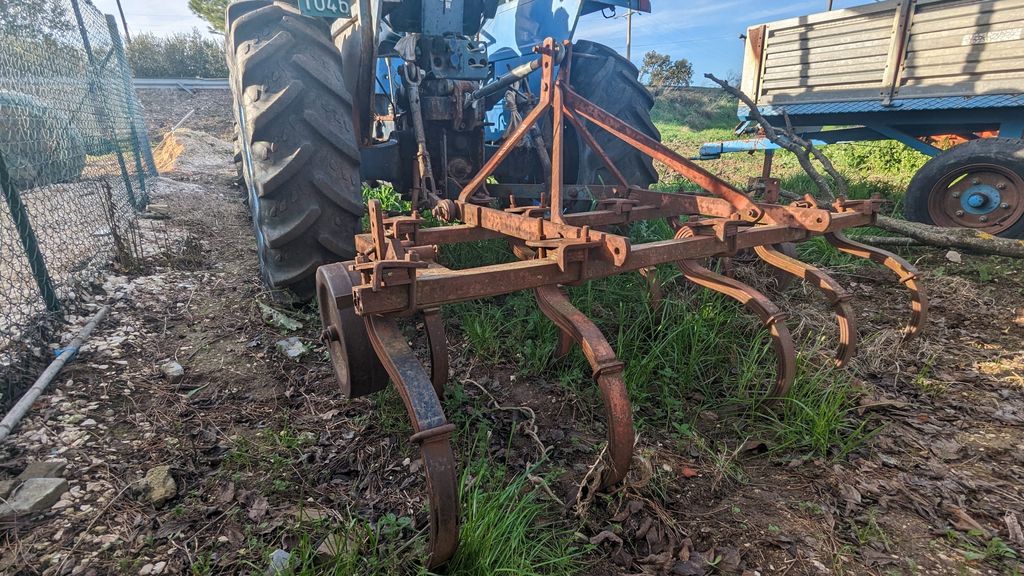
Photo By RenzoVet
The chisel plough consists of a series of large, pointed chisel-like blades that are mounted on a sturdy frame. The blades are usually spaced several inches apart and can range in size from 8 to 20 inches, depending on the type of soil and the intended depth of cultivation. The blades are typically made of high-strength steel and can be sharpened or replaced as needed.
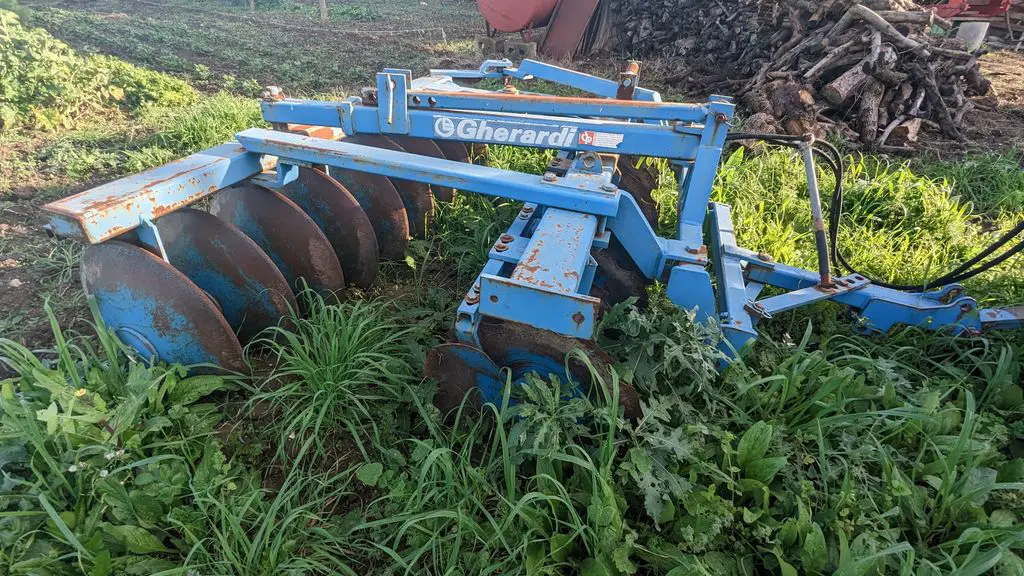
Photo By RenzoVet
The disk harrow consists of a series of circular disks or blades that are mounted on a frame. The blades are usually spaced several inches apart and can range in size from 16 to 30 inches, depending on the type of soil and the intended depth of cultivation. The disks are made of high-strength steel and are concave to help cut and pulverize soil.
Pros and cons of tillage
A plow is a standard tool used in tillage to break up the soil, usually before planting crops. The benefits of plowing are:
- It helps to loosen compacted soil, making it easier for roots to penetrate and promoting better drainage.
- Plowing also helps to aerate the soil, which is important for plant growth.
- It Helps mix organic residues and nutrients evenly into the soil.
- Plowed soils tend to warm up faster in wet conditions, helping to stay drier.
- Plowing can also help to control weeds, breaking them mechanically and burying their seeds deep within the soil where they are less likely to germinate.
- Burying the surface contaminated by crop residues helps to keep worms and other insects away and reduce crop disease spread.
- Additionally, plowing can help break up clods of soil and level out field surfaces.
Tillage is often considered a necessary part of farming, but disadvantages and adverse effects exist.
- Plowing can lead to soil erosion, as the exposed topsoil is more susceptible to being washed away by rain or wind.
- Tillage can lead to the loss of nutrients and fertility of the soil.
- Lifting, tilting, and breaking down the ground reduces earthworms, microbes, and insects.
- Plowing can disrupt the natural drainage patterns of the land, leading to waterlogging and flooding.
- Disruption of the soil allows chemical runoff.
- Tillage dries the soil.
- Soil loses the capacity to store water.
Is tillage sustainable?
Many soil quality characteristics, such as soil density, drainage, water-holding capacity, good infiltration, and levels of organic matter, as well as beneficial soil organisms, can be negatively affected by tillage.
Constant and frequent tilling of the soil will inevitably disrupt the soil’s quality and structure.
We must change how we work lands to keep good quality soil and make agriculture more environmentally friendly.
Management of the soil tilling system must become more sustainable in the future. Balanced and science-driven choices must be made to positively impact soil quality and maintain a high level of agricultural production.
Conclusion
Soil tillage has played a foundational role in the evolution of agriculture, shaping how we cultivate crops and manage land. From ancient scratch ploughs to modern mechanized systems, tillage has enabled farmers to improve soil conditions, enhance plant growth, and increase food production.
However, as agricultural practices have intensified, the negative consequences of excessive soil disturbance—such as erosion, compaction, nutrient loss, and reduced biodiversity—have become increasingly apparent.
Today, the sustainability of tillage practices is a critical concern. While traditional tillage methods offer clear short-term benefits for planting and weed control, they can undermine long-term soil health if not managed carefully. Conservation tillage techniques, including no-till, strip-till, and mulch-till, represent promising alternatives that aim to protect soil structure, preserve moisture, and support ecological balance.
Ultimately, the future of soil tillage lies in making informed, site-specific, and ecologically responsible decisions. Adopting sustainable tillage systems and integrating modern knowledge with time-tested practices can ensure productive agriculture while safeguarding the soil.

